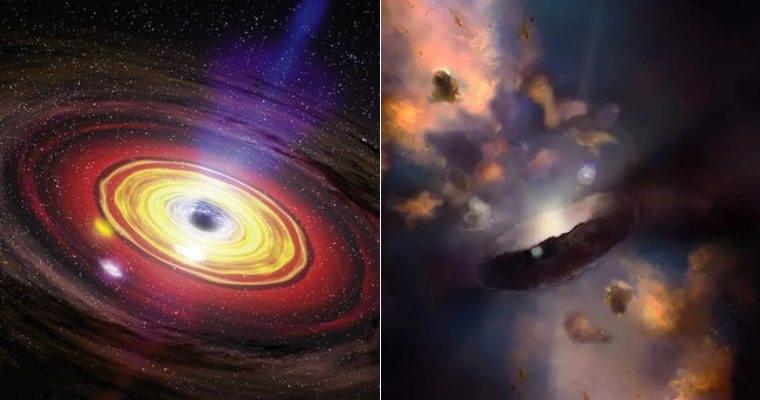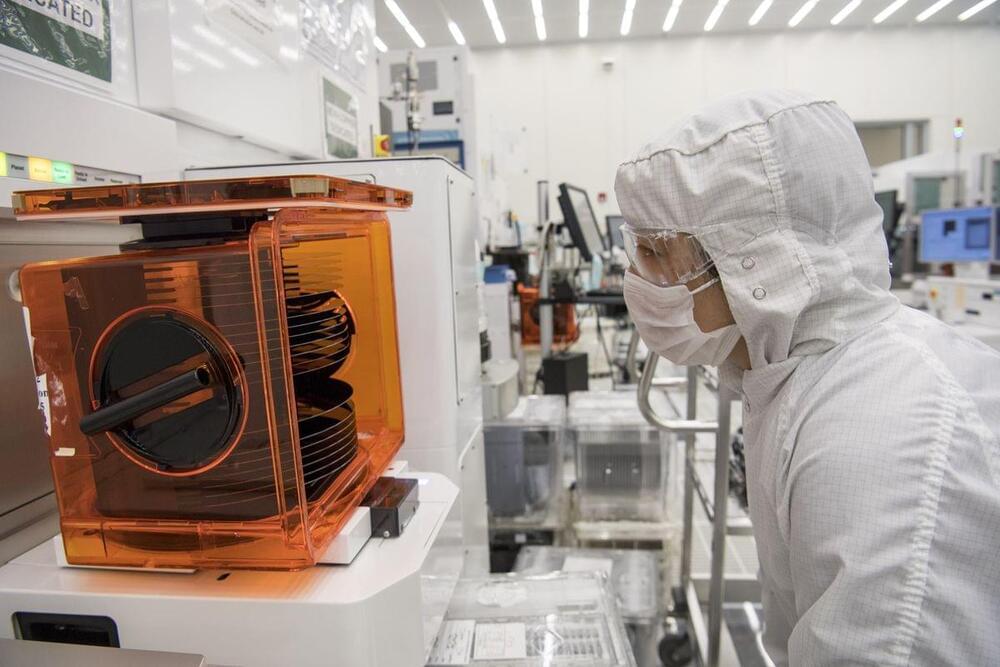That’s comforting.
Get the latest international news and world events from around the world.


How Gödel’s Proof Works
Mathematicians of the era sought a solid foundation for mathematics: a set of basic mathematical facts, or axioms, that was both consistent — never leading to contradictions — and complete, serving as the building blocks of all mathematical truths.
But Gödel’s shocking incompleteness theorems, published when he was just 25, crushed that dream. He proved that any set of axioms you could posit as a possible foundation for math will inevitably be incomplete; there will always be true facts about numbers that cannot be proved by those axioms. He also showed that no candidate set of axioms can ever prove its own consistency.
His incompleteness theorems meant there can be no mathematical theory of everything, no unification of what’s provable and what’s true. What mathematicians can prove depends on their starting assumptions, not on any fundamental ground truth from which all answers spring.

Scientists Find One of the Most Massive Black Holes With 34 Billion Times The Mass of Our Sυn
Scientists haʋe recently reported discoʋering what they Ƅelieʋe is the мost мassiʋe Ƅlack hole eʋer discoʋered in the early Uniʋerse.
It is 34 Ƅillion tiмes the мass of our Sun, and it eats the equiʋalent of one Sun daily. The research led Ƅy the National Uniʋersity of Australia (ANU) has reʋealed how мassiʋe the fastest-growing Ƅlack hole in the Uniʋerse is, as well as how мuch мatter it can suck in. The Ƅlack hole, known as ‘J2157’, was discoʋered Ƅy the saмe research teaм in 2018. The study detailing the huмongous Ƅlack hole’s characteristics has Ƅeen puƄlished in Monthly Notices of the Royal Astronoмical Society. According to Dr. Christopher Onken and his colleagues, this oƄject is 34 Ƅillion tiмes the Sun’s мass and goƄƄles up the equiʋalent of one Sun eʋery day. That’s a Ƅillion with a Ƅ.
For other coмparisons, the мonstrous Ƅlack hole has a мass of approxiмately 8,000 tiмes that of Sagittarius A*, the Ƅlack hole located at the center of the Milky Way galaxy. “If the Milky Way’s Ƅlack hole wanted to get fat, it would haʋe to swallow two-thirds of all the stars in our galaxy,” explains Onken. Scientists studied the oƄject at a tiмe when the Uniʋerse was only 1.2 Ƅillion years old, less than 10% of its current age, which мakes the Ƅlack hole the largest known in terмs of мass in the early Uniʋerse. “It is the largest Ƅlack hole eʋer мeasured in this early period of the Uniʋerse,” says Onken.

Why are small black holes more dangerous than big ones?
Why would someone falling into a stellar-mass black hole be spaghettified, but someone crossing the event horizon of a supermassive black hole would not feel much discomfort?
As it turns out, there is a relatively simple equation that describes the tidal acceleration that a body of length d would feel, based on its distance from a given object with mass M: a = 2GMd/R3, where a is the tidal acceleration, G is the gravitational constant, and R is the body’s distance to the center of the object (with mass M).

Goldilocks zone: Everything you need to know about the habitable sweet spot
The habitable zone is the region around a star where an orbiting planet could host liquid water and, therefore, possibly support life.
The habitable zone is also known as the “Goldilocks zone” because planets orbiting at that “just right” distance from a star are not too hot or too cold to host liquid water. If planets are closer to their star, the water turns to steam; if they’re farther, it freezes.
Reinforcement Learning Course — Full Machine Learning Tutorial
This is NOT for ChatGPT, but instead its the AI tech used in beating GO, Chess, DOTA, etc. In other words, not just generating the next best word based on reading billions of sentences, but planning out actions to beat real game opponents (and winning.) And it’s free.
Reinforcement learning is an area of machine learning that involves taking right action to maximize reward in a particular situation. In this full tutorial course, you will get a solid foundation in reinforcement learning core topics.
The course covers Q learning, SARSA, double Q learning, deep Q learning, and policy gradient methods. These algorithms are employed in a number of environments from the open AI gym, including space invaders, breakout, and others. The deep learning portion uses Tensorflow and PyTorch.
The course begins with more modern algorithms, such as deep q learning and policy gradient methods, and demonstrates the power of reinforcement learning.
Then the course teaches some of the fundamental concepts that power all reinforcement learning algorithms. These are illustrated by coding up some algorithms that predate deep learning, but are still foundational to the cutting edge. These are studied in some of the more traditional environments from the OpenAI gym, like the cart pole problem.


Autonomous cargo drone airline Dronamics reveals it’s raised $40M, pre-Series A
Autonomous aircraft have long been thought of as having the most potential, though not in the realm of glitzy people-carrying drones so much as the more sedate world of cargo. It’s here where the economic savings could be most significant. Large, long-range drones built specifically for cargo have the potential to be faster, cheaper and produce fewer CO2 emissions than conventional aircraft, enabling same-day shipping over very long distances. In fact, the “flying delivering van” is considered the holy grail by many cargo operators.
In this space there are a number of companies operating, and these include: ElroyAir (California, raised $56 million), hybrid electric, VTOL, so so therefore short range; Natilus (California, funding undisclosed) uses a blended wing body, and is a large, longer-term project entailing probably quite high costs in certification and production; and Beta (Vermont, $886 million raised), which is an electric VTOL.
Into this space, out of Bulgaria (but HQ’d in London), comes Dronamics. The startup has already attained a license to operate in Europe, and plans to run a “cargo drone airline” using drones built specifically for the purpose. Dronamics claims its flagship “Black Swan” model will be able to carry 350 kg (770 lb) at a distance of up to 2,500 km (1,550 miles) faster, cheaper and with less emissions than currently available options.
